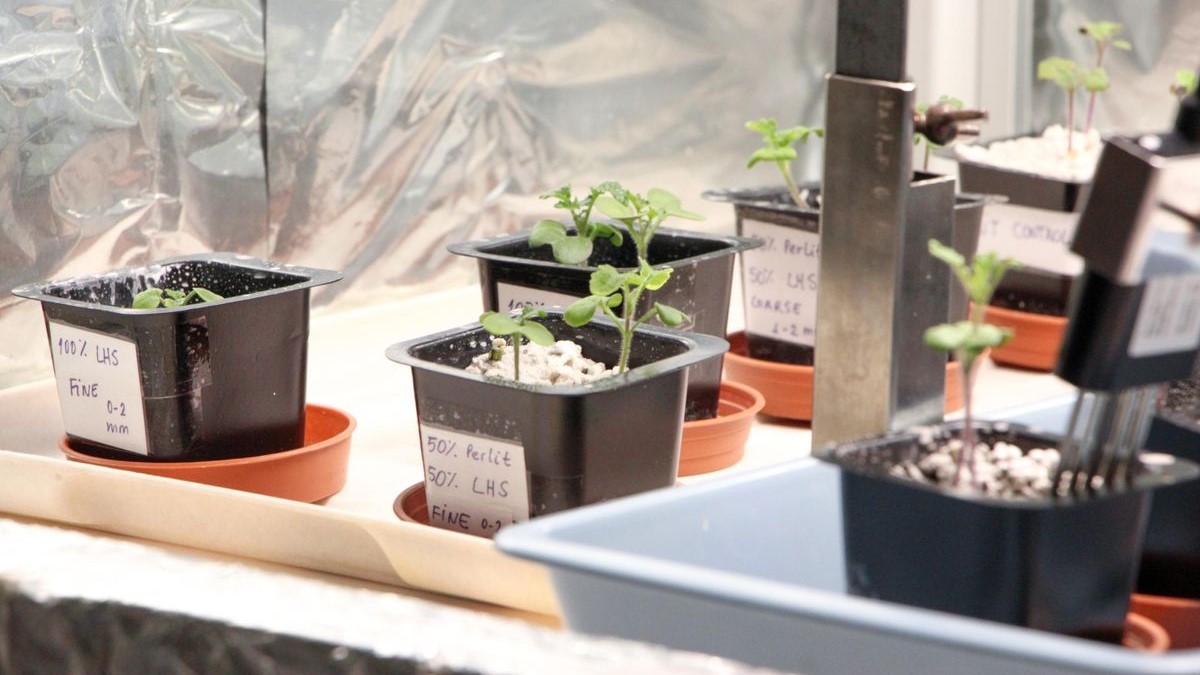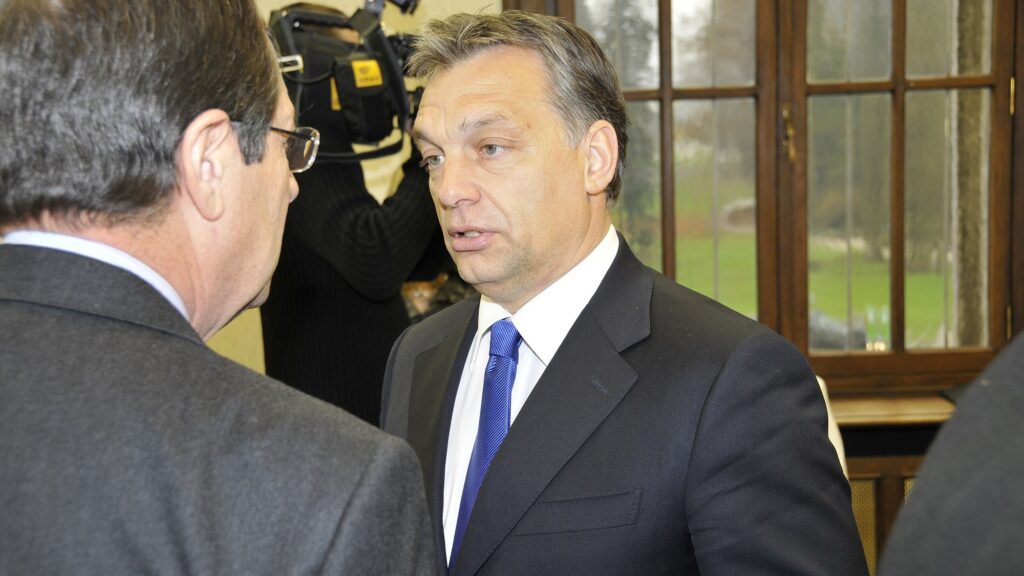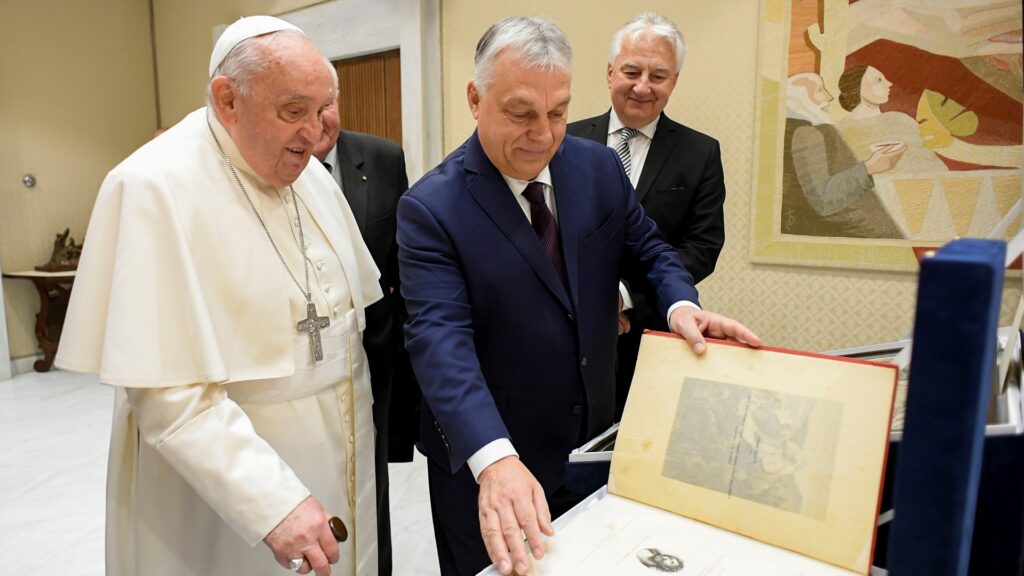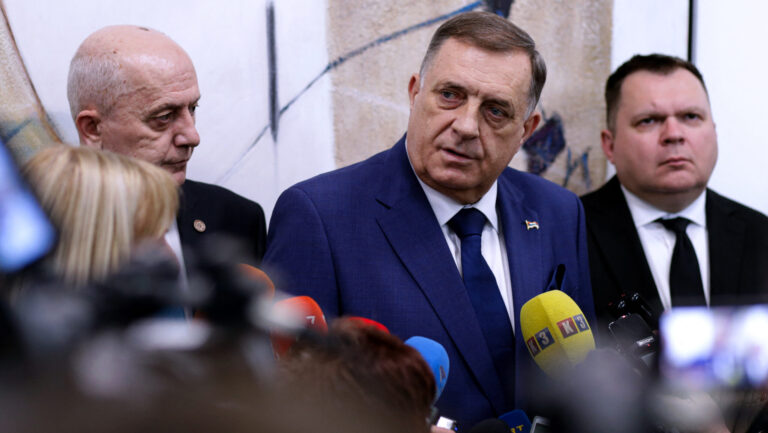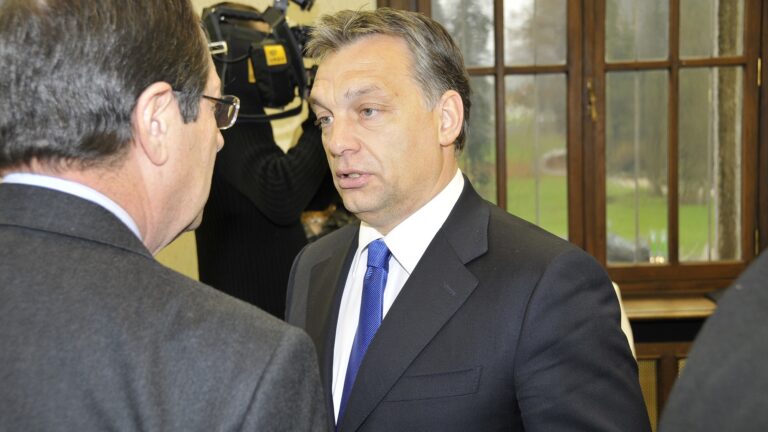This article was first published in Hungarian on the website of our sister publication Magyar Krónika.
Researchers at the Hungarian University of Agriculture and Life Sciences (MATE) have successfully cultivated viable mustard plants in a simulated lunar soil environment, which even produced three viable seeds. This achievement marks a unique milestone globally, as it is the first time plants have been grown in soil—rather than hydroponically—under lunar-like conditions.
During an innovative experiment, MATE researchers cultivated mustard plants in lunar soil simulation, yielding three seeds. This breakthrough is especially remarkable as, until now, similar experiments had only been conducted in hydroponic systems, which rely on nutrient-rich solutions. MATE researchers, however, achieved this with soil, marking a significant advancement in lunar agriculture.
György Barkó, a senior researcher at MATE’s Technical Institute and his team aimed to recreate conditions similar to lunar caves, employing specialized lighting and water-use protocols. Following NASA’s international guidelines, the MATE team selected plants capable of thriving in lunar-like soils. NASA’s criteria specified plants with minimal water requirements, high oxygen production, edibility, and the ability to absorb volatile organic compounds in their surroundings.
Űrnövény kísérletek, MATE
Önök elgondolkodtak már azon, hogy a jövőben mit esznek majd a Holdon és a Marson élő telepesek? Vajon miként fog kinézni az űrmezőgazdaság? Távolinak tűnhet a kérdés, azonban korántsem az. Egészen közel, a Magyar Agrár- és Élettudományi Egyetemen, már 2 éve zajlanak az erre vonatkozó kutatások az Európai Űrügynökség támogatásával.
Mustard was chosen as it meets all these criteria and proved highly suitable for the experiment. In the lunar soil simulation used in the experiment, mustard seeds successfully sprouted with minimal water. According to Barkó, this is a significant advance, as previous hydroponic experiments had not used soil for plant growth. Researchers also demonstrated that minimal water could be extracted from minerals through heat treatment, such as heating copper sulphate, which releases water.
The study further confirmed that plants require closed environments—such as caves or artificial tunnels—to protect them from radiation. Accordingly, MATE’s Technical Institute employed specialized vitrines simulating lunar cave conditions of lighting and water supply. The researchers aim not only to sustain plant growth but also to produce new seeds. Thanks to this successful experiment, three viable mustard seeds were produced and are currently being analysed at the ELTE HUN-REN Agricultural Research Centre. The researchers are also investigating whether the seeds absorb potentially toxic heavy metals from the soil, which would impact their edibility.
The MATE researchers are already considering a new challenge: they plan to send the mustard seeds into space aboard a Falcon 9 rocket in February 2025 and bring them back to Earth. This experiment will test the effects of launch acceleration and space radiation to determine if the seeds remain viable for growth after returning to Earth.
Related articles:

